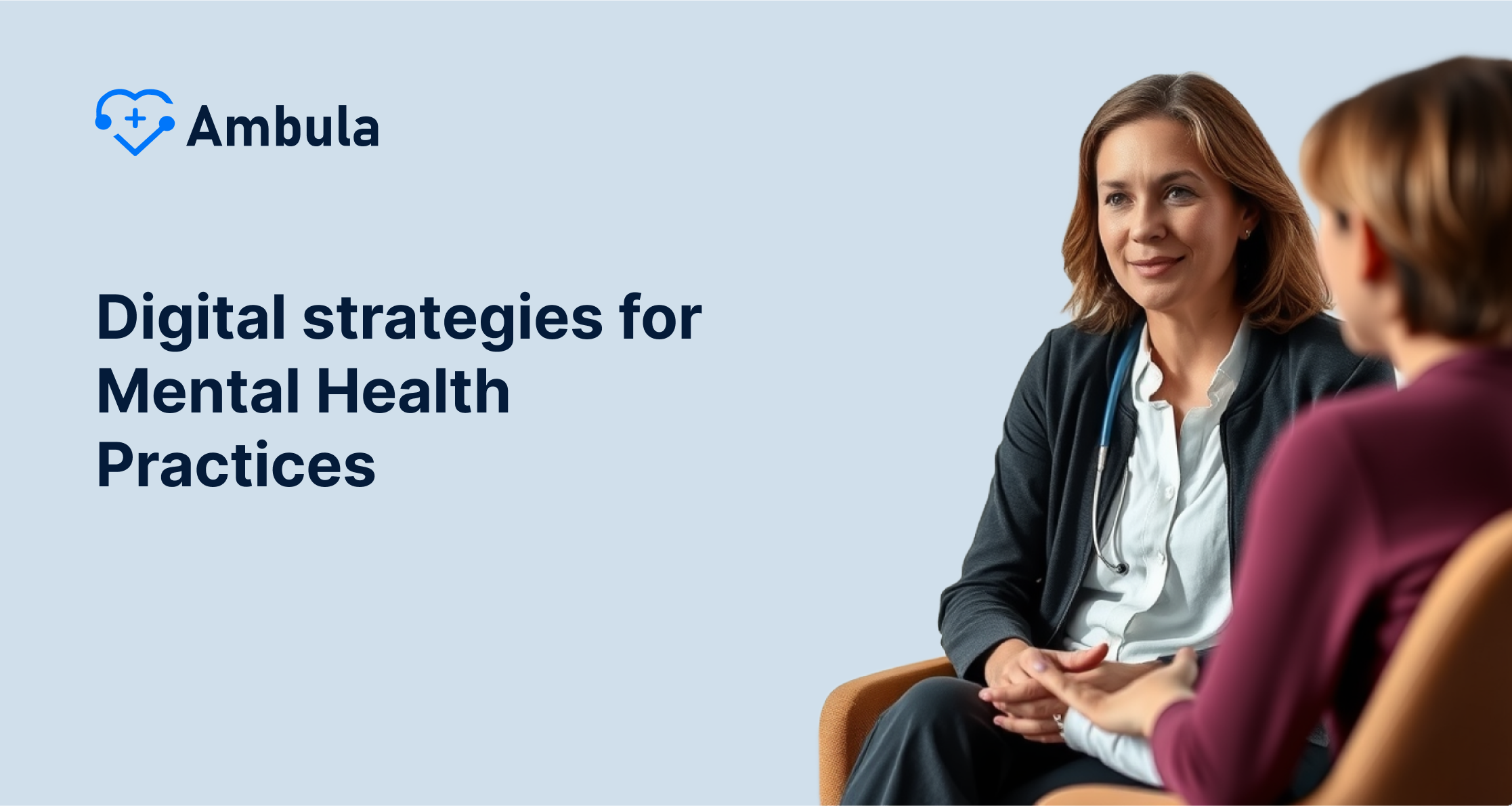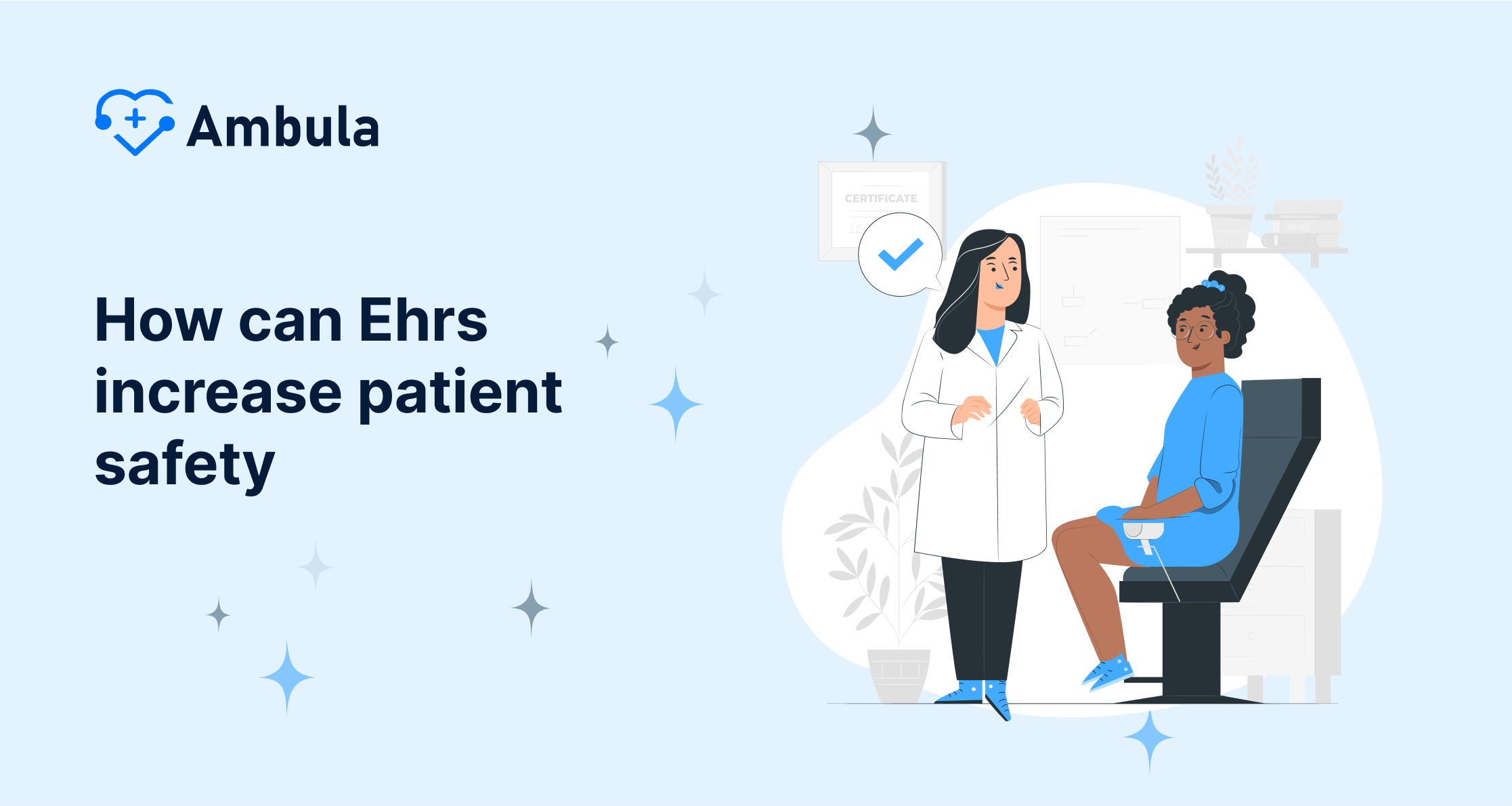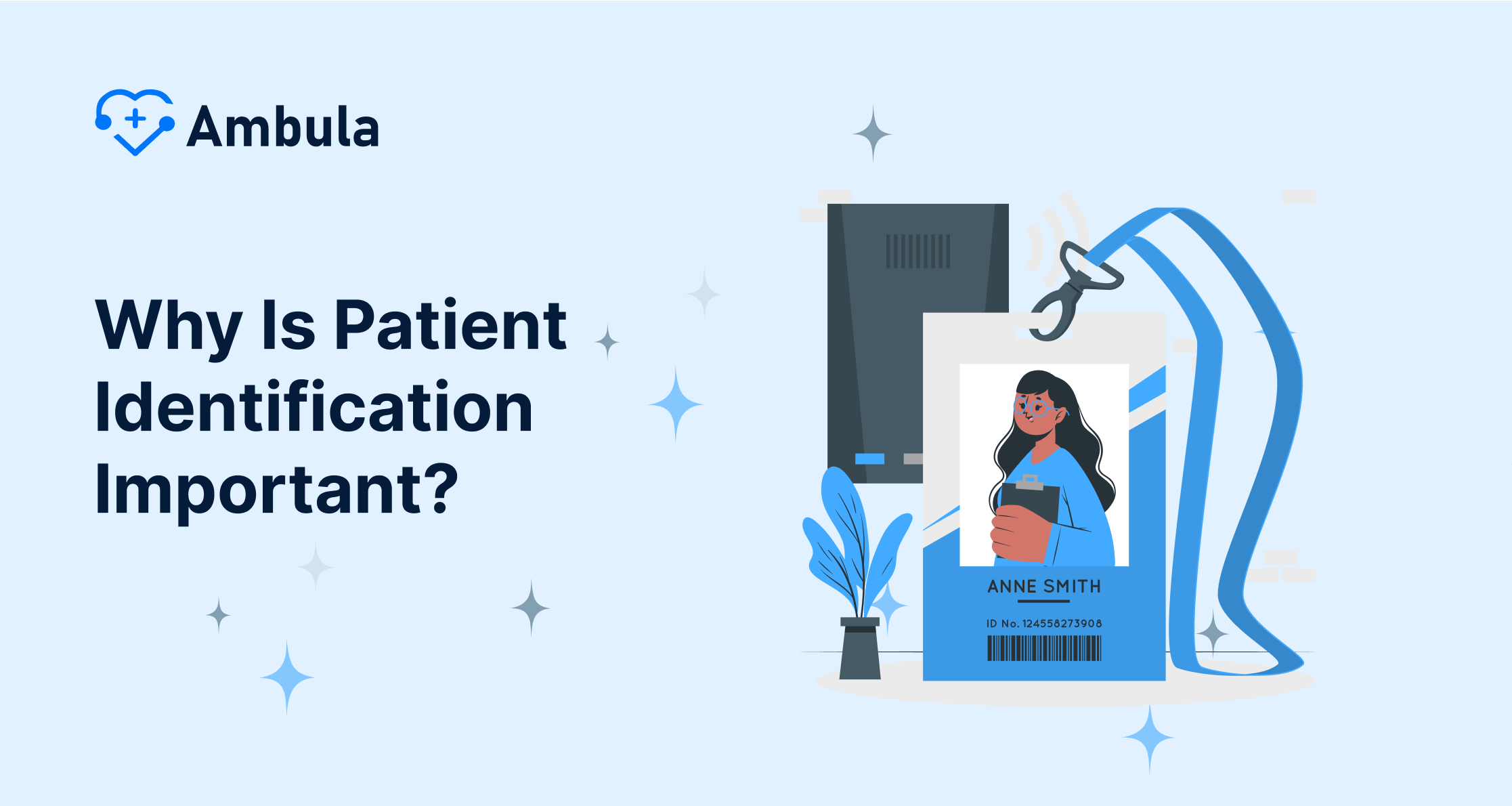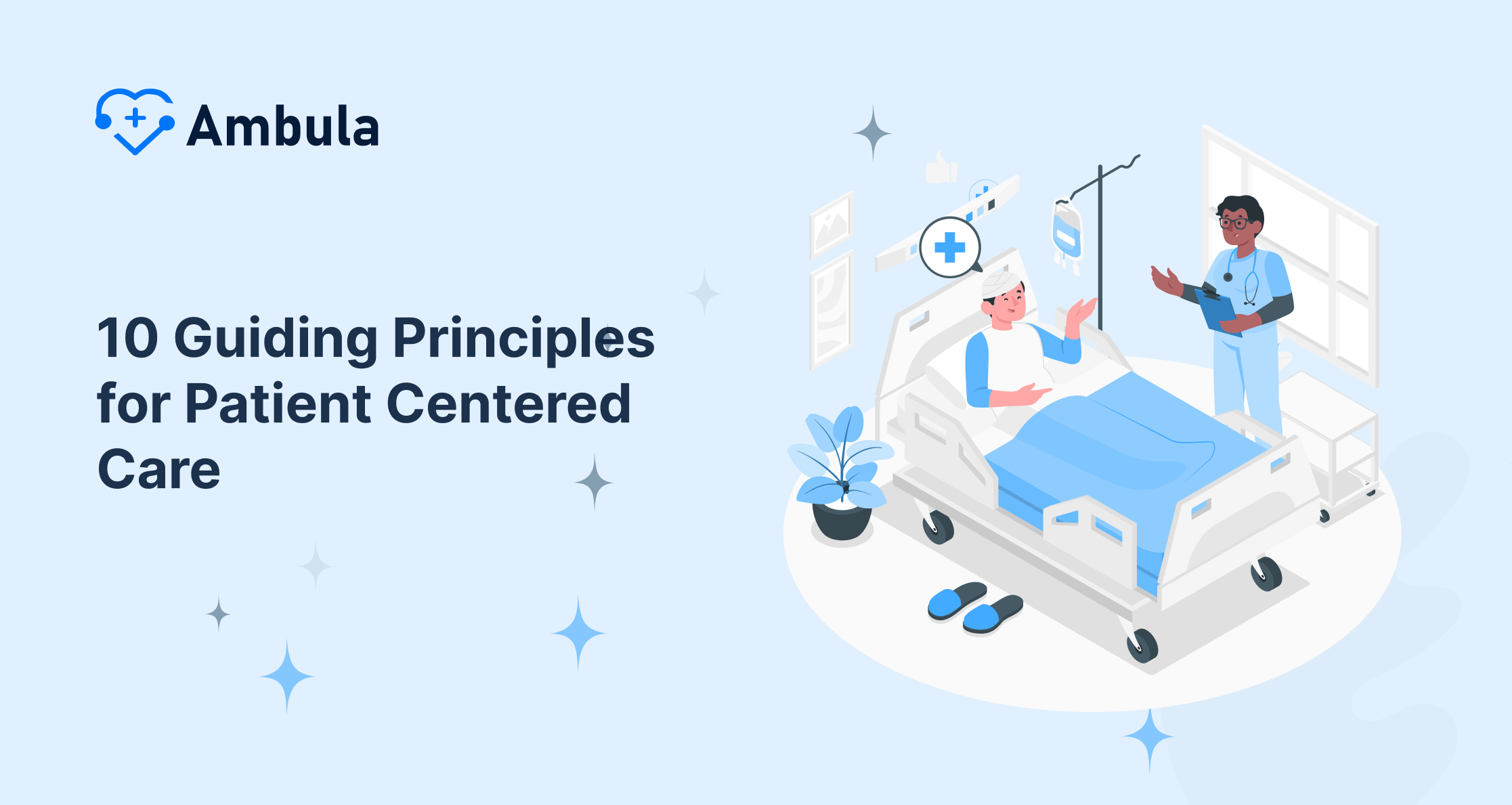
Clinical trials are essential for developing and approving new medical treatments but often struggle with low patient engagement. This can lead to delays in research and higher costs for developing new drugs and therapies. This article will discuss five effective strategies for increasing patient engagement in clinical trials.
- Patient Engagement Strategies: A Comprehensive Approach
- Empowering Patients through Education and Information
- Collaboration with Healthcare Providers and Organizations
- Enhancing Health Outcomes through Patient Engagement
- The Role of Healthcare Professionals in Patient Engagement
- Activating Patients as Active Participants in Clinical Trials
- Ensuring Patient Satisfaction throughout the Trial Journey
- Bridging the Gap in the Healthcare System for Better Engagement
- Clear Communication
- Involvement in Decision Making
- Personalized Recruitment
- Incentives and Compensation
- Follow-up and Support
Patient Engagement Strategies: A Comprehensive Approach
It’s important to take a well-rounded approach to getting patients involved and interested in clinical trials. You see, researchers need to combine several strategies together to make it happen. By doing this, they can improve how many patients they recruit for the trial, increase their participation levels, and ensure patients are satisfied with the entire process.
Think of it like putting together a puzzle. Each strategy is like a puzzle piece; you get a complete picture when you fit them together. So, what are these strategies?
The first one is patient recruitment. It’s all about finding and attracting patients interested in participating in the trial. Researchers can use different methods like contacting healthcare providers, using social media or partnering with patient advocacy groups. They increase their chances of finding the right participants by casting a wide net.
Once patients are interested and enrolled in the trial, the next step is to focus on their participation. This involves creating an environment where patients feel comfortable and supported. Researchers can provide clear information about the trial, address any concerns or questions, and ensure patients can access study visits and treatments easily.
Empowering Patients through Education and Information
One of the foundational elements of patient engagement is providing comprehensive patient education and information about clinical trials. By providing clear and concise communication, researchers can help patients fully grasp what they’re getting into. For example, a neurology specialist can use Neurology EMR to tailor information to each patient’s condition, improving understanding and comfort levels before enrollment.
Think of it as giving patients the “inside scoop” on the trial. It’s like being part of a team where everyone is on the same page. Patients with a solid understanding of the trial are likelier to engage and participate actively. They can ask questions, provide feedback, and collaborate effectively with the research team.
In a nutshell, comprehensive patient education and information play a vital role in patient engagement. It ensures that patients clearly understand the trial, which empowers them to make informed decisions and actively contribute to the process. When patients are well-informed and actively engaged, it benefits both the patients and the researchers, leading to a more prosperous and meaningful clinical trial experience for everyone involved.
Collaboration with Healthcare Organizations
When healthcare providers are engaged and actively involved, it helps build trust and credibility in the whole clinical trial process. Patients are more likely to feel comfortable and confident about participating if their doctors or healthcare professionals recommend it. Think about it: you trust their judgment when your doctor suggests something, right? It’s the same idea here.
Collaboration between clinical trial teams and healthcare providers also helps spread awareness about the trials. When doctors and nurses are informed and enthusiastic about the research, they can share that knowledge with their patients. This increases overall awareness and acceptance of clinical trials among the general public.
So, by engaging healthcare organizations, we create a supportive environment for patient recruitment and participation in clinical trials. It’s all about working together, building trust, and ensuring everyone understands these trials’ importance and benefits.
Enhancing Health Outcomes through Patient Engagement
Active patient engagement has a direct impact on patient outcomes. Engaged patients are more likely to stick to their treatment protocols. Do you know how sometimes it’s easy to forget to take your medication or follow certain instructions? Well, engaged patients are on top of it! They’re more motivated and committed to following through with their treatments, which can lead to better results and overall health improvement.
Another cool thing is that engaged patients provide accurate data. When researchers are collecting information, it’s crucial to have reliable and precise data. Engaged patients tend to be more diligent in reporting their symptoms, experiences, and any changes they notice. This accurate information is super helpful for researchers to understand how treatments work and make informed decisions.
But it doesn’t stop there! Engaged patients are also great communicators. They actively share their thoughts, concerns, and feedback with researchers. This open and effective communication helps researchers gain valuable insights and perspectives. It’s like having an extra pair of eyes and ears to understand what’s happening during the research process.
Now, here’s where things get exciting. When patients are partners in the research process, it can lead to more reliable and impactful results in clinical trials. By actively engaging patients, researchers better understand the treatment’s effectiveness and potential side effects. Patient experiences and perspectives are vital in shaping research and making it more patient-centered.
The Role of Healthcare Professionals in Patient Engagement
Healthcare professionals are instrumental in facilitating patient engagement in clinical trials. They serve as trusted guides and play a crucial role in supporting patients throughout the trial journey. Let’s dive into why their involvement is so important and how it fosters a higher level of patient engagement.
First and foremost, healthcare professionals are trusted sources of information. Patients often turn to them for guidance and advice regarding their healthcare decisions. In the context of clinical trials, healthcare professionals can provide accurate and reliable information about the trial, its objectives, potential benefits, and any associated risks. Their expertise helps patients make informed decisions about participating in the trial.
By actively involving healthcare professionals, patients feel supported throughout their trial journey. From the initial stages of screening and enrollment to the follow-up visits, healthcare professionals can provide ongoing care and monitor patients’ well-being. Their involvement ensures that patients have a consistent point of contact who understands their specific healthcare needs and can address any issues.
Activating Patients as Active Participants in Clinical Trials
Patient activation is all about empowering patients to participate actively in their healthcare decisions. It’s about involving patients in making choices regarding their treatment and even the design of clinical trials. By giving patients a voice and involving them in decision-making, researchers show respect for their autonomy and create a sense of ownership over their healthcare journey. Let’s dive deeper into why patient activation is so important and how it enhances engagement in clinical trials.
When patients are activated, they are not just passive recipients of healthcare but active partners in the decision-making process. This involvement acknowledges that patients have unique perspectives, preferences, and needs that should be considered. By allowing patients to participate in trial design or treatment selection, researchers tap into the valuable insights patients bring from their experiences.
When patients feel empowered and have a say in their healthcare decisions, it fosters a deeper sense of engagement and commitment to the trial. They become active advocates for their own health, and this involvement often leads to better adherence to trial protocols, follow-up visits, and medication regimens. Patient activation contributes to a more collaborative relationship between patients and researchers, enhancing the overall quality of care.
Ensuring Patient Satisfaction throughout the Trial Journey
When patients are satisfied with their trial experience, they are likelier to stay committed and complete the trial successfully. Moreover, satisfied patients can become advocates for future trials, spreading the word and encouraging others to participate. So, let’s dive into what makes patient satisfaction so important and how we can achieve it.
One key aspect is regularly seeking patient feedback. By actively listening to patients’ thoughts, concerns, and suggestions, we can gain valuable insights into their experience and make improvements accordingly. Patient feedback helps us identify areas for adjustments to enhance their satisfaction and engagement. It also shows patients that their opinions matter, fostering a sense of involvement and empowerment throughout the trial.
Promptly addressing concerns is another critical factor. When patients encounter issues or have questions, they must respond promptly and provide the necessary support. Clear and effective communication is key in addressing their concerns, alleviating any anxieties, and keeping them engaged in the trial. We can build trust and ensure patient satisfaction by demonstrating that their well-being is a top priority.
Bridging the Gap in the Health System for Better Engagement
When it comes to clinical trials, it’s essential to make sure they seamlessly integrate into the existing healthcare system. This integration is crucial for maximizing patient engagement and creating a smooth experience for everyone involved.
One way to achieve this is by coordinating efforts with healthcare providers. Clinical trials can seamlessly integrate into their existing practices by working closely with doctors, nurses, and other healthcare professionals. This collaboration ensures that patients receive comprehensive care throughout the trial, and their participation becomes an integrated part of their overall healthcare journey.
Clear communication channels are also key in maximizing patient engagement. It’s important to establish effective lines of communication between the research team and the healthcare providers involved in a patient’s care. This allows for smooth information exchange, sharing of updates, and addressing any concerns or questions that may arise during the trial. Patients feel supported when everyone is on the same page, enhancing their engagement.
Streamlining administrative processes is another crucial aspect. By simplifying paperwork, reducing redundant tasks, and minimizing bureaucratic hurdles, we can make the trial experience more convenient for patients. Removing unnecessary barriers and administrative burdens frees up time and energy for patients to focus on their participation and engagement in the trial itself.
Clear Communication
Navigating the world of clinical trials can be intricate. But here’s the deal: clear communication is the linchpin of everything. Without it, even the most meticulously planned trial can face hurdles.
So, why is clear communication paramount in clinical trials?
Benefits of Transparent Dialogue:
- Trust Building: When you lay out the trial’s objectives, procedures, and potential risks in an easy-to-understand manner, it fosters trust. Patients appreciate transparency, and trust is the foundation of any successful patient-doctor relationship.
- Enhanced Compliance: Have you ever heard the phrase, “Knowledge is power”? Well, it’s spot on. When patients are well-informed, they’re more likely to follow procedures correctly. This ensures the trial’s integrity and boosts its success rate.
Strategies for Clear Communication:
- Jargon-Free Language: Let’s face it, medical terminology can be a maze. Always opt for simple, jargon-free language. If a term is unavoidable, ensure you provide a layman’s explanation.
- Visual Aids: A picture speaks a thousand words. Diagrams, charts, or infographics can help break down complex concepts. They’re especially handy when explaining trial procedures or potential outcomes.
- Feedback Loops: Encourage questions. Set up regular check-ins with patients to address any concerns. This two-way communication ensures that any misconceptions are promptly addressed.
Digital Tools to Aid Communication: In today’s digital age, many tools are at your disposal. Platforms like patient portals allow for secure messaging. They’re a fantastic way to keep the lines of communication open, ensuring patients have a platform to voice concerns or seek clarifications.
A Quick Tip: Always remember, it’s not just about speaking; it’s about listening too. Active listening can provide insights into areas that might need more clarity.
In essence, clear communication isn’t just a “nice-to-have”; it’s a “must-have”. It’s the bridge that connects healthcare professionals with patients, ensuring the journey of clinical trials is smooth and effective. When you master this art, you’re not just enhancing the trial’s success rate; you’re also building lasting relationships with your patients.
Involvement in Decision Making
Involving patients in decision-making gives patients a voice in the design and implementation of the trial, and it can help to increase their engagement and motivation to participate. For example, patients can be involved in selecting trial sites and treatments being tested, making them feel more invested in the trial and giving them a sense of ownership over the process. It can also help ensure that the problem is designed in the most beneficial way for the patients. By involving patients in the decision-making process, researchers can build trust and partnerships with the patients, which can lead to a more successful trial.
Personalized Recruitment
Understanding that one size doesn’t fit all is crucial in the intricate landscape of clinical trials. The uniqueness of each patient demands an equally unique recruitment strategy. That’s where personalized recruitment steps in, making waves in the clinical trial arena.
So, why does personalized recruitment hold such significance? Well, for starters, tailoring your approach means attracting genuinely interested and committed participants. This leads to fewer dropouts and ensures a smoother trial process. Moreover, when you cater to individual needs and preferences from the outset, patients feel valued. And there’s no denying that a valued patient is an engaged one.
To truly ace personalized recruitment, a few strategies can be game-changers. Embracing data analytics can offer insights into patient demographics, health histories, and preferences, allowing for authentic recruitment messages. Communication is key, and being flexible in your channels can make all the difference. While some might lean towards emails, others could respond more to texts or calls. And let’s not forget the importance of cultural sensitivity. Recognizing and respecting cultural nuances, whether it’s providing materials in multiple languages or understanding certain medical stigmas, can be pivotal.
Now, in this digital age, technology can be your best ally. AI-powered platforms can sift through vast amounts of data, pinpointing the ideal match for your trial. Additionally, digital health platforms can shed light on patient behaviors, fine-tuning your recruitment approach further.
Here’s a golden nugget to remember: always place the patient at the core of your recruitment strategy. You’re not merely filling trial slots by genuinely understanding and addressing individual needs. Instead, you’re crafting a community of informed, engaged, and dedicated participants.
Incentives and Compensation
Let’s get straight to the point: people value their time. In clinical trials, recognizing and compensating participants for their commitment can be the difference between a successful trial and one that struggles with retention. So, how do you strike the right balance with incentives and compensation?
Firstly, it’s essential to understand that incentives aren’t just about money. Financial compensation is a significant factor, but there’s more to the story. Offering travel reimbursements, childcare services during trial visits, or even simple tokens of appreciation can go a long way. It’s all about showing participants that you value their contribution.
Now, while we’re on financial compensation, ensuring transparency is crucial. Participants should know upfront what they can expect regarding compensation, and there should be no hidden clauses. This fosters trust and ensures that participants enter the trial with clear expectations.
But here’s something to ponder: did you know that non-financial incentives can sometimes be even more impactful? Think about it. Offering participants access to trial results, giving them insights into how their involvement advances medical science, or even just sending a thank-you note can create a sense of belonging and appreciation.
Of course, it’s essential to tread carefully. Overcompensation can lead to ethical dilemmas, potentially skewing trial results if participants join solely for the incentives. Striking the right balance is key. It’s about ensuring participants feel valued without compromising the trial’s integrity.
In the grand scheme, incentives and compensation are more than just transactional elements. They’re tools to build relationships, foster trust, and ensure the smooth progression of clinical trials. So, as you navigate the path of clinical trials, remember value begets value. When you genuinely value and compensate your participants, the returns can be truly remarkable in terms of commitment and engagement.
Leveraging Technology: The Power of the Patient Portal
Dive into the modern era of clinical trials, and you’ll quickly spot a trend: technology is no longer an optional extra; it’s a necessity. But how do you harness the power of technology to supercharge patient engagement in clinical trials? Let’s unpack this.
First up, Digital Health Platforms. These platforms are transforming the way you interact with participants. From secure messaging to real-time health monitoring, these platforms offer a seamless way to stay connected. The best part? They’re often user-friendly, ensuring participants can engage without a hitch, regardless of their tech savvy.
Dr.Patel says “We have been using Ambula EMR for over a year now and are very happy with the software. We use it as the EHR for the surgery center. It works great and fulfills our charting/EHR needs. The software is intuitive and easy to use/user friendly. The support team is great.”
Then there’s the magic of Artificial Intelligence (AI). AI-driven tools can sift through vast amounts of data in the blink of an eye, helping you identify potential participants who are the perfect fit for your trial. Plus, AI can offer predictive insights, giving you a heads-up on potential dropouts or areas needing more attention.
Remote Monitoring Tools are another game-changer. With wearable devices and mobile health apps, you can monitor participants’ health metrics in real time, no matter where they are. This reduces the need for frequent on-site visits and ensures you have a continuous stream of data at your fingertips.
But here’s a golden nugget: Virtual Reality (VR). While it might sound futuristic, VR is making waves in patient engagement. Imagine offering participants a virtual tour of the trial facility or a 3D explanation of how a particular drug works. It’s engaging, informative, and, honestly, pretty cool.
However, with great power comes great responsibility. As you integrate technology into your trials, it’s paramount to ensure data security. Participants trust you with their data, and it’s up to you to ensure it remains confidential and secure.
Promoting Ethical and Responsible Patient Engagement Practices
In clinical trials, one cornerstone stands tall: ethical practices. It’s the compass that guides every decision, every interaction, and every step of the trial process. But what does it truly mean to uphold ethical practices, and why is it so pivotal?
At its core, ethical practices revolve around respect, transparency, and the well-being of participants. It’s about ensuring that every participant enters a trial fully informed and clearly understands the procedures, potential risks, and benefits. But it doesn’t stop there. It’s also about ensuring their rights, safety, and dignity are always upheld.
Now, you might wonder, how do you ensure ethical practices in a clinical trial? For starters, Informed Consent is non-negotiable. Participants should be given all the information they need in a clear, jargon-free manner. And it’s essential to create an environment where they feel free to ask questions, voice concerns, and, if need be, opt out without any repercussions.
Another crucial aspect is Data Privacy. In an age where data breaches are all too common, it’s up to you to ensure that participants’ data remains confidential and secure. This means adhering to stringent data protection regulations and ensuring that any technology you use is up to the mark in terms of security.
But here’s the thing: ethical practices aren’t just about ticking boxes or adhering to regulations. It’s about building trust. When participants trust you, they’re more likely to remain engaged, comply with trial procedures, and provide honest feedback.
And let’s not forget the broader implications. Upholding ethical practices enhances the credibility of your trial, ensuring that the results are accepted and respected by the medical community and beyond.
Follow-up and Support
The last strategy for increasing patient engagement in clinical trials is providing follow-up and support to patients throughout and after the test. This can help to ensure their engagement and participation. For example, regular check-ins with patients can help keep them informed about the problem and address any concerns. Additionally, providing counseling or resources for managing any side effects or complications from the problem can help alleviate patients’ worries about participating.
Follow-up and support can also help ensure patients complete the trial successfully. For example, if a patient is experiencing side effects that make it difficult for them to continue in the trial, providing support and resources can help them manage and continue participating. Additionally, by providing support after the trial, researchers can help ensure that patients can transition back to their everyday lives and that any long-term effects of the trial are addressed.
It’s also important to provide follow-up and support in a way that respects the patient’s autonomy and privacy. This means that patients should be informed of the support available and be allowed to opt out or decline any help.
Conclusion
Increasing patient engagement in clinical trials is crucial for the success of research and the development of new treatments. Researchers can improve patient engagement and participation in clinical trials by utilizing clear communication, involving patients in decision-making, personalized recruitment, incentives and compensation, and follow-up and support.




